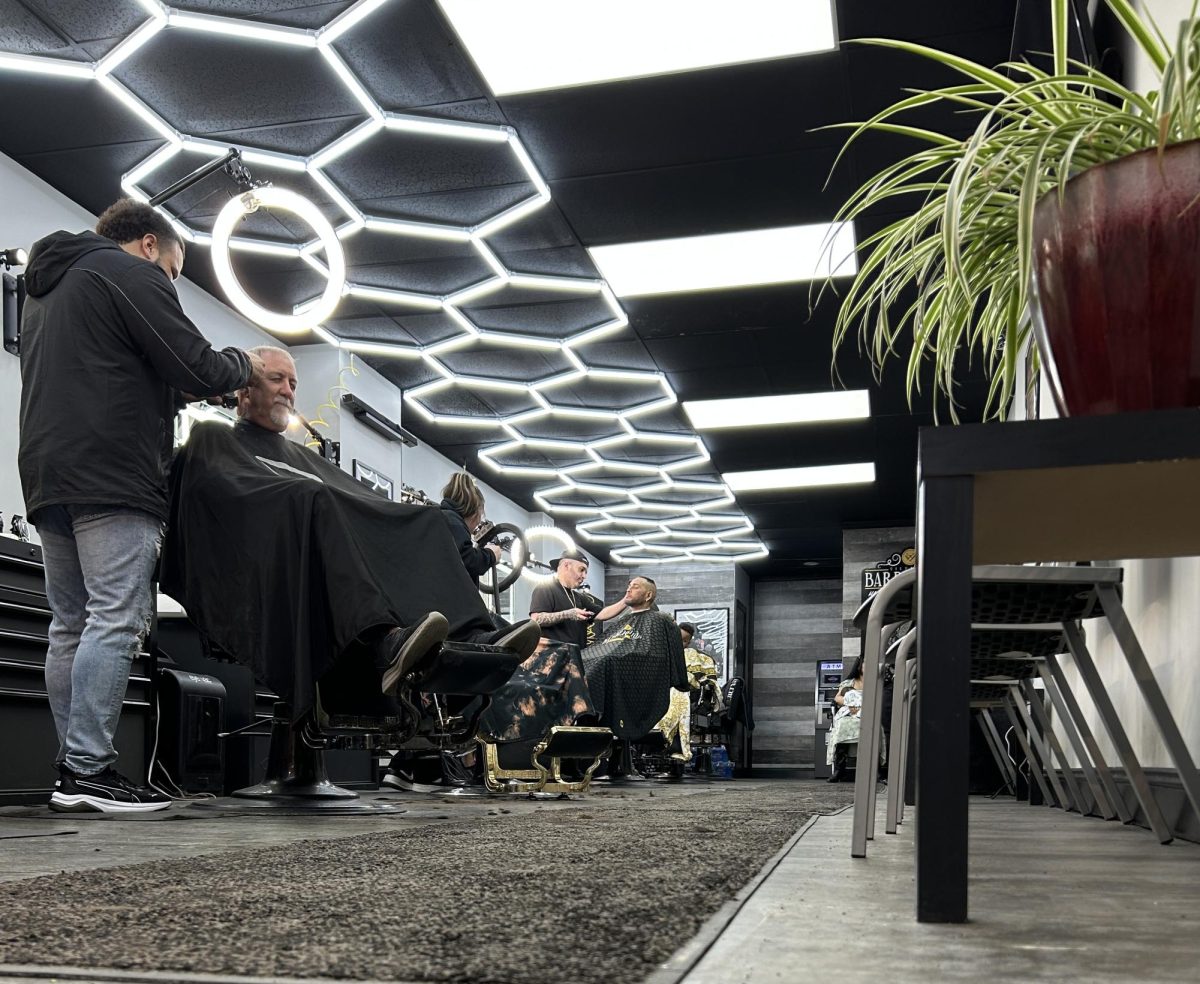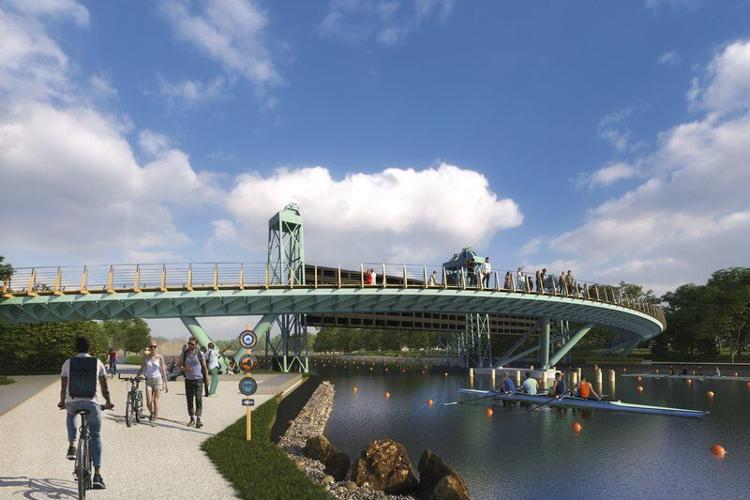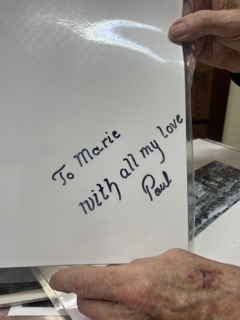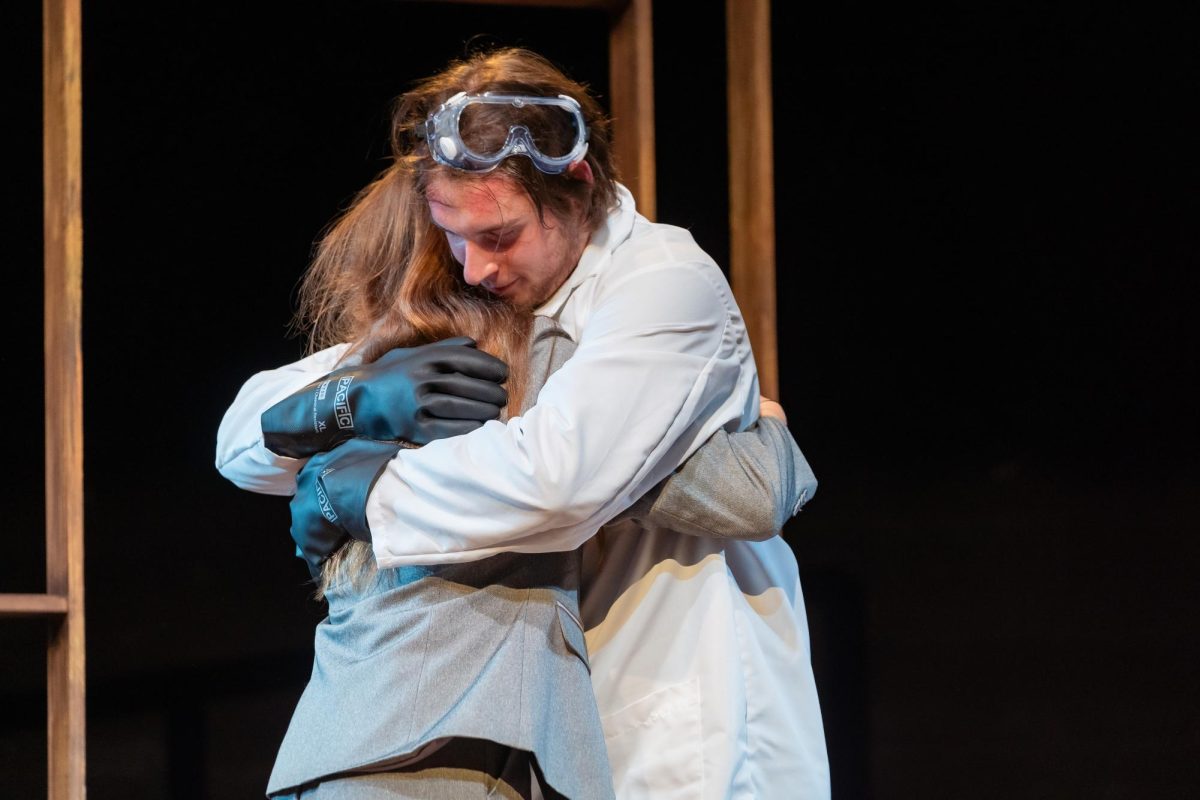Written by: Chyann Klahs and Courtney Deeren
A little known treasure box full of Brockport history is hiding in a quaint building on State street. The outside may not look like much, a tall brick building painted a light bluish-grey color with a modest sign in the traditional Brockport green color displaying the words “Emily L Knapp Museum & Library of Local History.” Inside, however, the second and third floors are chock full of collections of history that represent both Brockport and the U.S. as a whole.
The Emily Knapp Museum is overflowing with the history of the Village of Brockport. It is filled with artifacts and has a plethora of exhibits ranging from old farm equipment, information, and items from the Erie Canal’s construction and replicas of old shops that once lined the streets.
Many Brockport residents agree that these pieces of history are what make Brockport thrive, they are what make Brockport home.
The museum is located on State Street. Despite the street’s frequent traffic and the museum’s significance, the museum echos with vacancy. This may be due to the many issues the museum faces.
One issue is its lack of a heating unit, which requires the museum to be shut down during the winter months. This not only affects its popularity but also negatively impacts the artifacts within the museum.
“It doesn’t have any heat so it’s very cold up there,” said Sarah Cedeno, an English lecturer and former village historian. “One of the things that — when I was on the board — we talked about was getting heat up in the museum and one of the frustrating things was there was heat in the museum at one time.”
The heating issue has posed several issues with preservation of the artifacts housed in the building as well.
“There is no climate control which is an issue for the artifacts,” Cedeno said.
Although the preservation of the artifacts is a struggle, the artifacts themselves are diverse. The museum started because people would donate old items they inherited from older family members. As a result, the library that originally inhabited the museum became an eclectic culmination of belongings and surprises.
Aside from the climate control issue, the museum also has difficulty reaching out to younger generations. This is, perhaps, due to its lack of social media presence. The museum has a Facebook page but it is not updated regularly.
“To reach out to younger generations it does require way more of a social media presence,” Cedeno said.
Cedeno believes it is important for students to visit the museum because it allows them to understand the history of where they live.
“It gives them an appreciation — they see the names of people who the buildings are named after and they’re making connections and thinking about lasting impressions of how history can impact time beyond,” Cedeno said.
SUNY Brockport Anthropology professor, Christine Zinni, agrees with this sentiment. Zinni has worked closely with the museum and has had her students curate exhibits for the museum in the past.
“My students worked on individual projects arranging exhibits,” Zinni said. “We also had a cemetery walk one year.”
Zinni also believes the museum would be a great place for students to conduct research.
“It raises their awareness of the rich life and importance of Brockport as a port city,” Zinni said. “During the time of the Erie Canal and afterwards how it grew and expanded and came to be what it is today. Students can research from some of the civil war heroes to the early founders of the city to Native American history.”
Cedeno echoed this, adding the museum wasn’t just specific to Brockport.
“Basically what this museum is, is a microcosm of American history. It could be their town, it could be anybody’s hometown,” Cedeno said.
Brockport Student Kari Ashworth, who grew up in the area, had heard of the museum but never been. Ashworth agrees, however, that having this knowledge of the history of the town in which you live is important. Even for students just passing through.
“But I do think it’s important as college students to immerse yourself in the area of where you are studying,” Ashworth said “Because you need to learn new things continuously and I know a lot of people aren’t necessarily from the area so learning the history of where you’re staying — where you think you may want to live for the rest of your life, that’s important.”
From the outside, the museum is narrow, sharing a building with the village court. But inside, it is bursting with the vastness of Brockport’s history and art, from agriculture tools to rare art found hidden in the attic, the Emily Knapp museum offers a wealth of information for those interested in the vibrant history of the Victorian Village on the canal.
The museum is in need of volunteers if you or anyone you know is interested in volunteering at the Emily Knapp Museum, volunteer applications can be found on the museums website.
Admission to the Emily Knapp Museum is free of charge. The museum is currently closed but is scheduled to reopen this May.






















